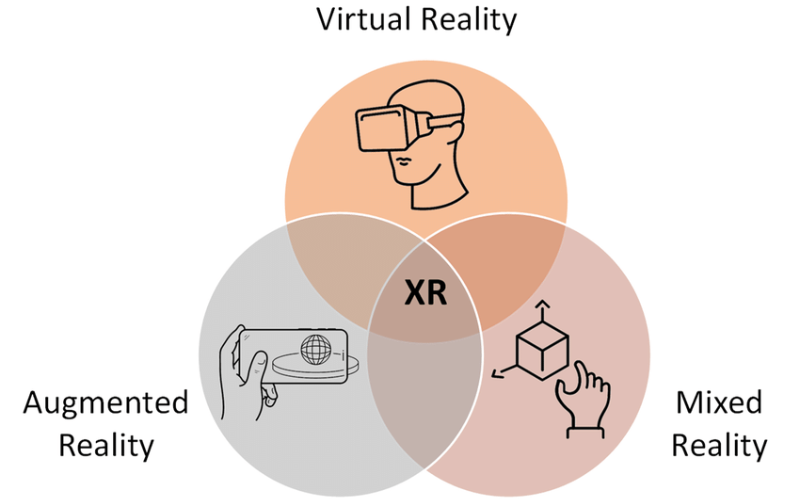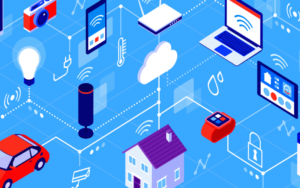Beyond Reality: Exploring the Immersive Worlds of XR, VR, AR, and MR
Remember the clunky headsets and pixelated worlds of early virtual reality? Those days are fading faster than a Minecraft sunset. Extended Reality (XR), encompassing virtual reality (VR), augmented reality (AR), and mixed reality (MR), is no longer the stuff of science fiction. It’s rapidly becoming a part of our everyday lives, blurring the lines between the physical and digital realms, and offering experiences that were once unimaginable. But with so many acronyms and overlapping technologies, navigating the world of XR can feel like venturing into a digital labyrinth. Fear not, intrepid explorer! This guide will be your compass, demystifying the key players – VR, AR, and MR – and unveiling their potential to transform various aspects of our lives.
VR: Stepping into a Digital Wonderland
Imagine exploring the pyramids of Egypt from your living room, battling dragons in a medieval fantasy, or even attending a concert with friends across the globe, all without leaving your couch. That’s the magic of VR. Using headsets that block out the real world and immerse you in a computer-generated environment, VR transports you to entirely new realities. From gaming and entertainment to education and training, VR’s applications are vast and ever-expanding.
AR: Enhancing the Real World
Unlike VR, which replaces your entire field of view with a digital one, AR overlays digital information onto the real world. Think of it as a magic lens that adds a new layer of interactivity to your surroundings. Imagine viewing the instructions for fixing a car engine while looking directly at it, or seeing historical landmarks come to life through your smartphone screen. AR’s potential to transform industries like education, retail, and manufacturing is vast, and its applications are only just beginning to be explored.
MR: Blending the Physical and Digital
MR takes things a step further by merging the real and virtual worlds, creating a hybrid environment where physical and digital objects coexist and interact. Imagine practicing surgery on a holographic patient while wearing specialized glasses, or manipulating 3D design models in your living room. MR’s potential for applications in fields like healthcare, design, and engineering is limitless, and it’s sure to play a major role in the future of human-computer interaction.
The Future of XR
The world of XR is still in its early stages, but its potential is undeniable. As technology continues to advance, we can expect to see even more immersive, interactive, and powerful XR experiences emerge. From revolutionizing the way we learn and work to blurring the lines between entertainment and reality, XR is poised to transform our world in ways we can only begin to imagine.
Conclusion
Extended Reality has transcended the realm of science fiction and is rapidly weaving itself into the fabric of our daily lives. From the fantastical worlds of VR to the augmented realities of AR and the blended environments of MR, XR offers experiences that were once unimaginable. Each technology, whether it’s transporting us to distant lands in VR, enriching our physical surroundings with AR, or seamlessly merging the two in MR, holds immense potential to transform various aspects of our lives.
While we stand at the precipice of this exciting new frontier, the true scope of XR’s impact remains to be seen. As technology continues to evolve, we can expect even more immersive, interactive, and powerful XR experiences to emerge. From revolutionizing industries like education and healthcare to redefining entertainment and human-computer interaction, XR is poised to paint a future filled with boundless possibilities. The only limit is our imagination.





